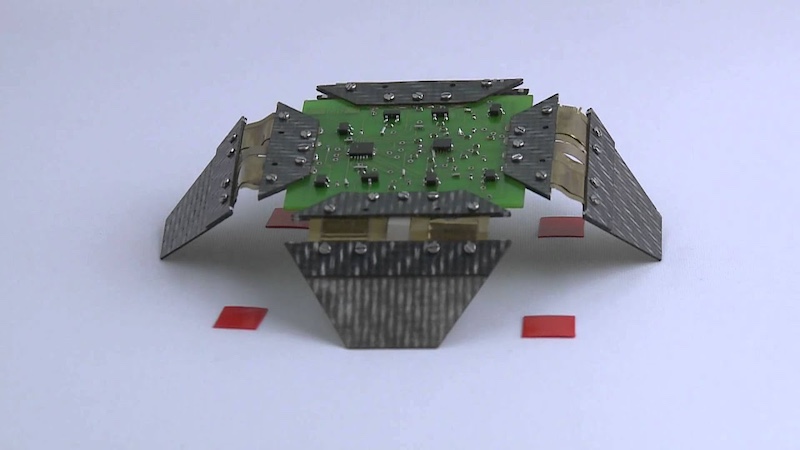The global micro robots market is anticipated to reach a valuation of $31.73 billion in 2023, driven by increased application across various domains.
The trend is expected to create new opportunities for the global market, leading to a projected CAGR of 17.5 percent between 2023 and 2033. It is estimated to gain a valuation of approximately $159.17 billion by 2033.
In the medical and healthcare industries, micro robots are highly sought-after for minimally invasive treatments, targeted drug administration, and diagnostics.
Micro robots offer precise control and accessibility to distant or delicate bodily areas, reducing invasiveness and improving patient outcomes. The healthcare sector’s surge in demand has greatly supported the growth of the micro robot industry.
Micro-robot deployment is increasing in the industrial and logistics sectors thanks to Industry 4.0, which is characterized by the integration of data interchange, automation, and digital technology. These robots carry out tasks including quality control, installation, and material handling in smart factories.
Micro-robots are also used in consumer electronics including mobile phones, cameras, as well as wearables for focusing, image stabilization, and augmented reality applications. The popularity of these technologies among consumers contributes to the growth of the worldwide microrobot industry.
Key takeaways
- The global market for micro robots expanded at a CAGR of 10.2 percent from 2018 to 2022.
- Through 2033, the US micro robots market is projected to grow at a CAGR of 19.1 percent.
- In the field of robotics, China has long had a leading position. The projected CAGR for China’s growth throughout the predicted period is 17.3 percent.
- In Japan, the micro robots market would grow at a 15.8 percent CAGR over the course of the predicted years.
- Sales of the bio-hybrid material type are expected to increase and are projected to grow at a CAGR of 17 percent through 2033.
- By mode, the semi-autonomous sector is anticipated to maintain its dominance in the micro robots market from 2023 to 2033, growing at a CAGR of 21.7 percent.
Nikhil Kaitwade, associate vice president at Future Market Insights, says: “Micro robots are increasingly being used in minimally invasive surgical procedures because they need fewer procedures. This in turn is boosting the global micro robot market growth.”
Recent developments
- Foldable micro robots were developed by a company named École polytechnique fédérale de Lausanne (EPFL) in Switzerland. These robots are meant to be used for various medical and healthcare applications. These come in the form of capsules and require to be swallowed down. They then unfold and navigate within the human body for minimally invasive surgery and targeted drug delivery.
- The Wyss Institute launched Robobees – miniature flying robots for Biologically Inspired Engineering at Harvard University. These are meant to mimic the bees and have enormous agricultural applications like environmental monitoring and crop pollination.
- Heaven Drones announced their collaboration with Roboteam to deploy a comprehensive turnkey robotic system featuring air and ground integration at the ISDEF 2022, International Defense & HLS Exhibition. The first-ever airborne robot was created by combining these tiny Roboteam microrobots with the Heaven Drones H100 Robo, which improves the time-to-lift abilities of both flying and ground robots.




